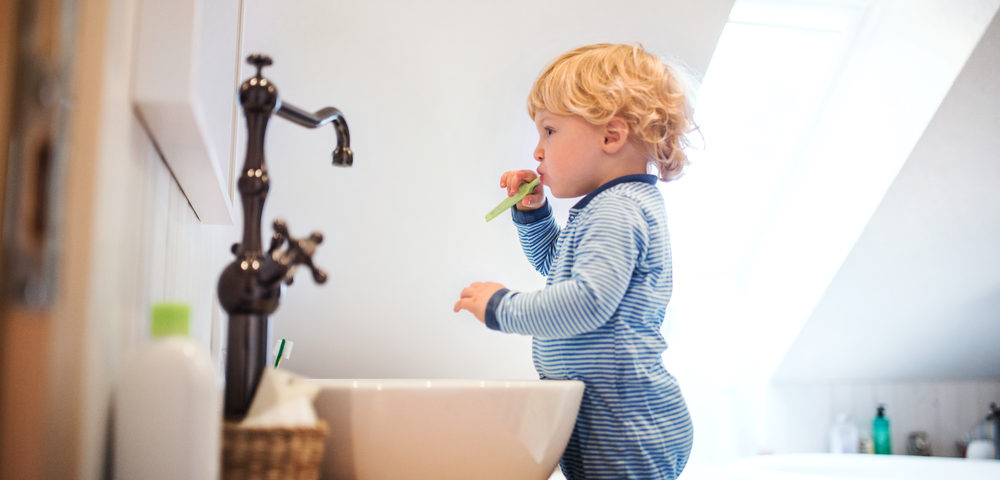
Understanding Separation Anxiety In Foster Care Children
August 23, 2019
5 Frequently Asked Questions About Foster Parenting
September 21, 2019Whether you are already a parent or not, learning how to childproof your home is an important preparation step before your foster child’s arrival. Childproofing looks different for different age groups. Even if you don’t know your foster child’s age yet, there are ways to make sure your home is safe for all ages. Read on to learn how and when to childproof your home for foster care.
Clean sweep the living room.
In the living room, candles and matches should be out of reach. Anything containing glass should be removed or well hidden. Televisions should be mounted on the wall and fireplaces should be covered. Anything that could be a choking hazard should also be removed. Try to look at your space from the eyes of a small child. Also, tie up blind cords and consider purchasing blinds without cords in the future.
Eliminate electrical concerns.
Keep power strips hidden behind or under furniture, or buy a power strip cover. Put outlet covers on all exposed outlets, so children won’t be tempted. Make sure cords are secure and hidden as well as possible. Look for opportunities where a child may trip on a cord or accidentally pull a light down. Check each room to ensure there are no exposed wires where a small child could get hurt.
Keep the bedroom clutter-free.
In the child’s bedroom, remove all small objects considered choking hazards. It is easier to manage the space if you have fewer items to worry about, so go for a minimal and functional space above all else. Choose furniture that does not have sharp corners. If the child needs a crib, keep it clutter-free and without blankets, crib bumpers or stuffed animals, which could lead to suffocation.
Make the kitchen and bath a safe space.
Make sure that each room is safe through the eyes of a small child, including the kitchen and bathroom. You can purchase childproof cabinet locks that keep small children away from kitchen cabinets or from opening the refrigerator. In the bathroom, consider a toilet lock for toddlers and make sure all medications are kept locked away. It’s important to also keep medication locked away from older children.
Keep a watchful eye.
There is an abundance of childproofing products on the market. While these products are intended to make your life easier, remember that sometimes they fail. All children need regular supervision to ensure their safety. Regularly remind other members of your family to keep dangerous items put away.
While it’s impossible to know everything that should be childproofed before you meet your foster child, remember that you are creating a safe and welcoming space before they first arrive. After the foster child’s arrival, regularly inspect areas of your home to ensure that your home continues to be a safe place.
Every child needs and deserves to grow up safe and protected from abuse and neglect, and caring foster parents offer children support and stability when they need it most. At Camelot Care Centers, we specialize in higher-level foster care for children and adolescents that need extra support. We partner with our foster parents/homes to provide trauma informed care and additional services, including in-home counseling, parent support and training, tele-psychiatry, and therapeutic mentoring, to maintain children at the least restrictive, yet most appropriate level of care. Camelot Care Centers (“Camelot”) is a Child Welfare Agency licensed by the State of Illinois, a member of the Illinois Collaboration on Youth (ICOY), and is accredited by the Council on Accreditation (COA).




